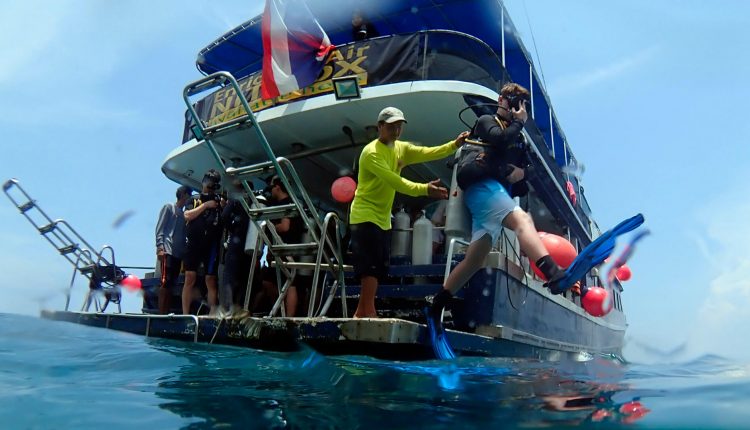Just How Safe Is Scuba Diving?
One of the most common things that people say when discussing whether or not they would ever try scuba diving is that they are worried about how safe it actually is. It is a valid concern, after all, this is an activity that involves diving into the unknown world that lurks beneath the surface of the water. The human body is not designed to survive underwater, so it is natural to be a little apprehensive about doing it. With that in mind, let’s take a look at just how safe scuba diving actually is!
Is Scuba Diving Dangerous?
There is not really a definite answer to the question, ‘is scuba diving dangerous?’ The truth is that yes, it can be dangerous. However, it is not dangerous in the same sense that something like free-running is considered dangerous. It is more comparable to the type of danger involved when crossing a busy street. There are risks involved, but if you take the necessary precautions and do not take unnecessary risks then they likelihood of you getting hurt while scuba diving are minimal.
It’s All About The Training
Making sure that you are safe when you go scuba diving all comes down to having the appropriate training. No reputable dive tour company would ever just let you into the water without prior training! It is important to learn the basic concepts of safe scuba diving at the very beginning and you will go through all of the same checks and safety drills over and over again until they become second nature and these same checks and drills are going to be what you actually do in the water. Safety is paramount when it comes to scuba diving and the training courses recommended by PADI (Professional Association of Diving Instructors) have been developed over more than fifty years based on scientific and medical research as well as personal experience that it offers an excellent grounding in safety.
Your Basic Scuba Diving Safety Checklist
To give you an idea of the type of safety checks that we are talking about, take a look at this brief summary of the type of checklist that is performed once all divers are in their scuba gear and ready to enter the water. It is by no means an exhaustive checklist and it is not a substitution for the appropriate PADI approved training, but it will give some idea of what to expect. The way most divers remember the checklist is through the use of the acronym BWARF which some people remember by saying ‘Burger With Relish And Fries’! The letters stand for the following:
B: Buoyancy or BCD – It is important to make sure that everything is properly connected, the dump valves are in working order and the tank is fastened securely.
W: Weights – You then make sure that your weight belt is fastened securely and that the hand release is set.
A: Air – Double check your air is on and check your buddy has their air on too. Check your pressure level and make sure air is going to the primary regulator and the octopus.
R: Release – Check all of the releases to make sure that you know how to release them in an emergency. You also need to make sure that they are all properly fastened.
F: Final OK – Last of all you do a final check to see if your mask and fins are on properly and check that your buddy is okay too.
Nelly Bee
